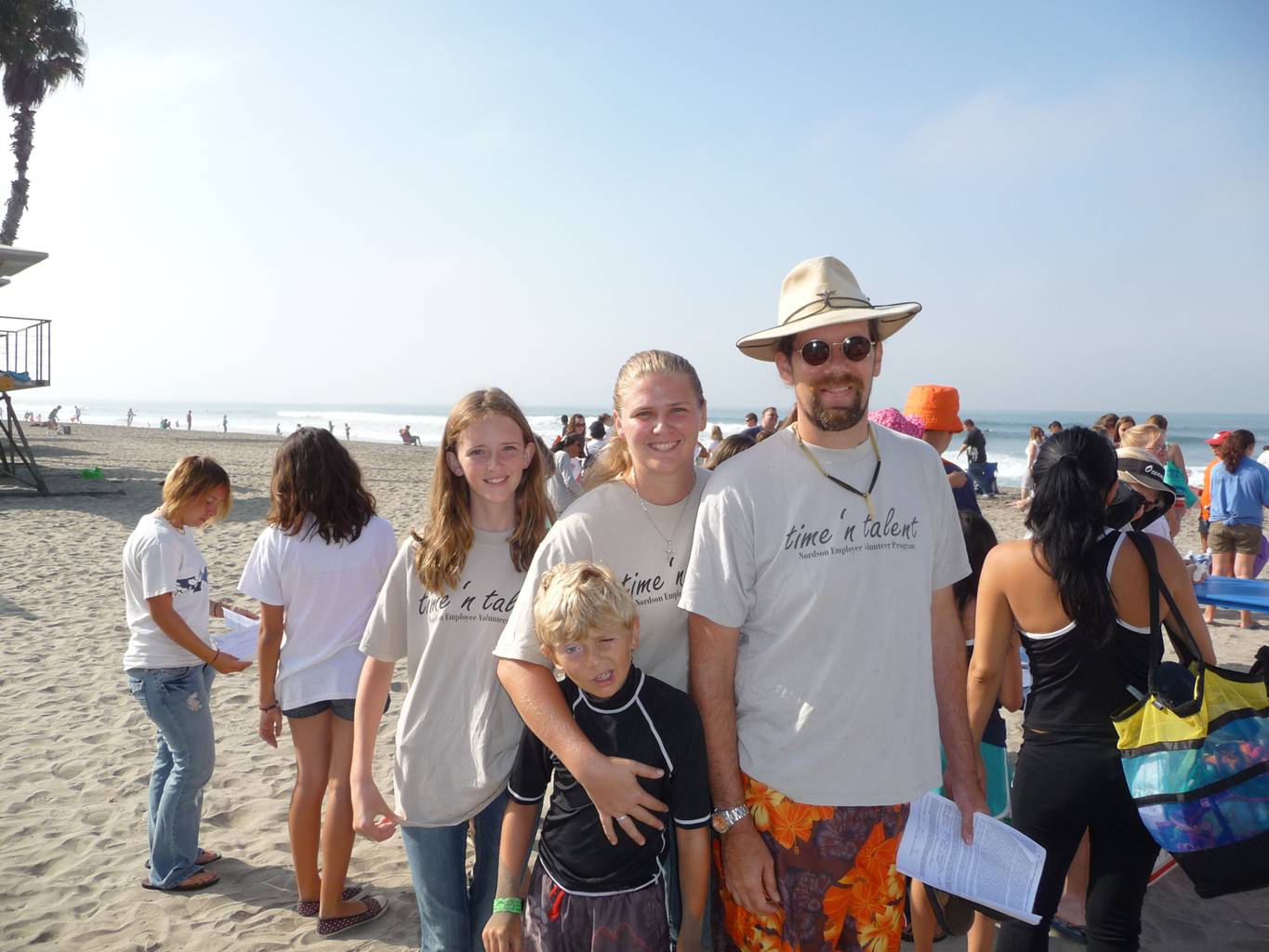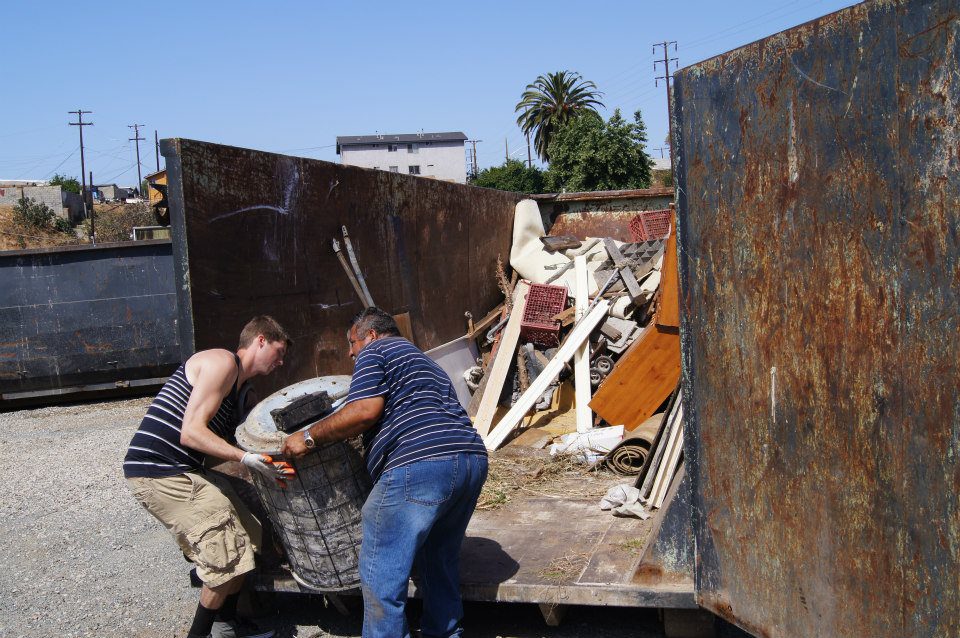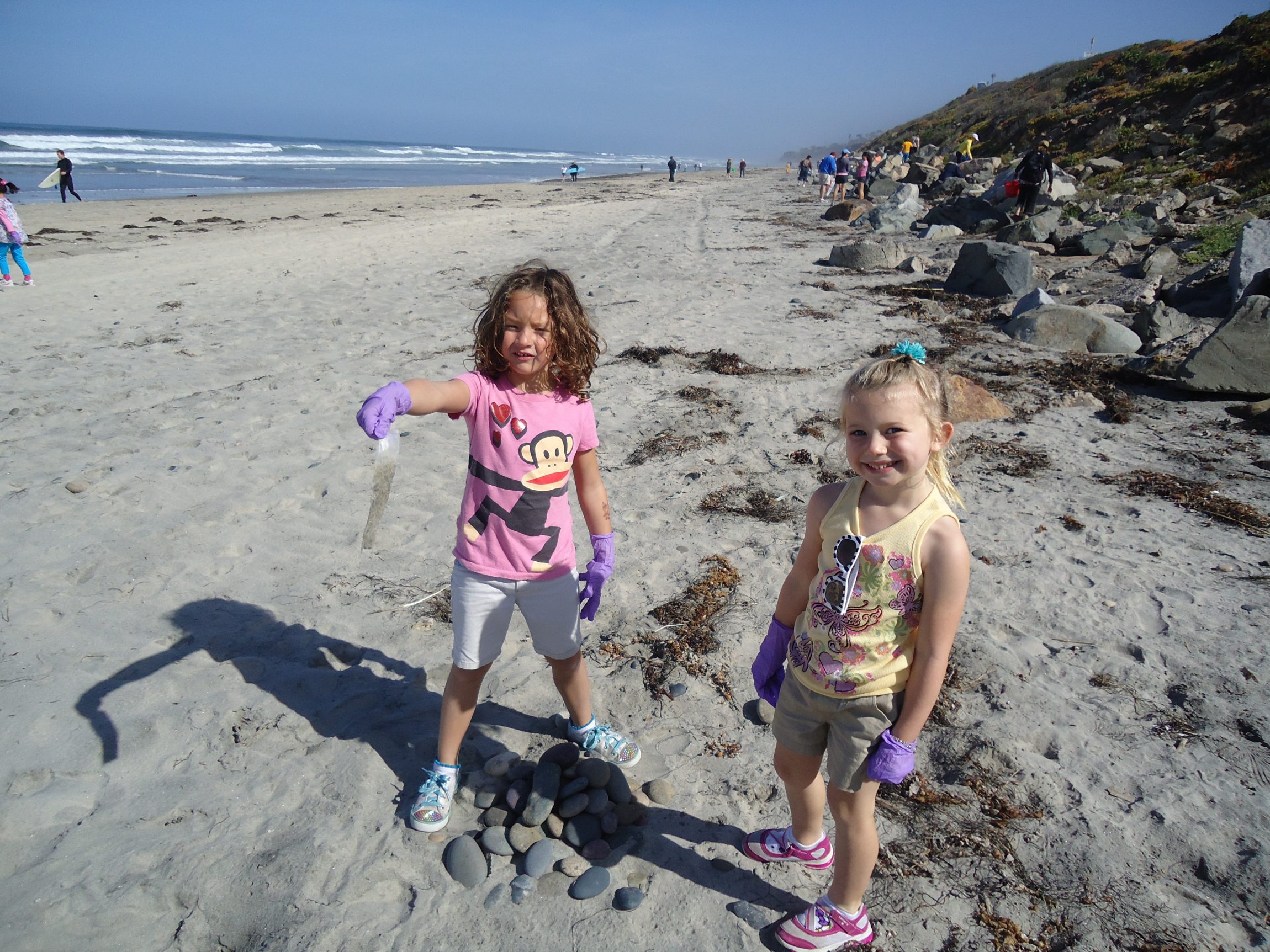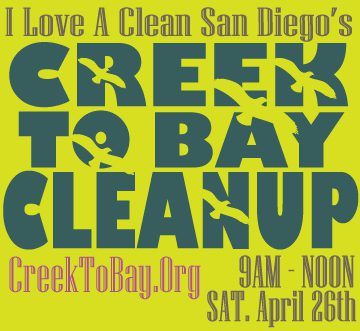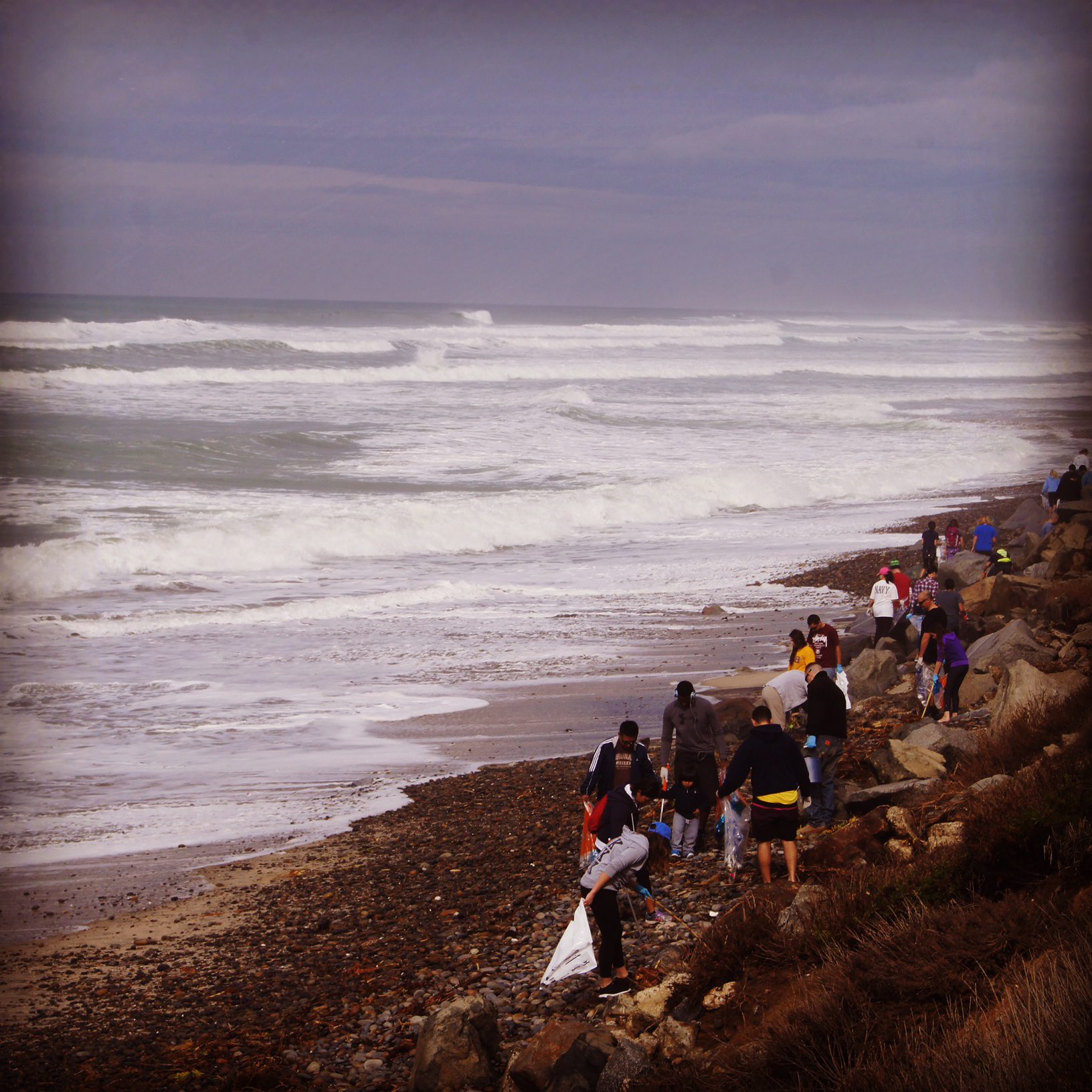
San Diego’s Tsunami Sweepers were at it again last weekend for our first cleanup of 2016! I Love A Clean San Diego has been named the first responder in San Diego to assist in the cleanup of debris from the 2011 Japanese tsunami that is expected to wash up on California’s shores in 2016.
While our volunteers were looking for tsunami debris, there was plenty of litter to pickup on our end, as well. Our coastline is the last stop for litter before it reaches the Pacific Ocean so ILACSD and an astounding crew of 305 volunteers set out to beautify one of San Diego’s most scenic and iconic natural spaces, Torrey Pines State Beach.

Even with a chance of rain in the forecast, hundreds of San Diegans turned-out to keep Torrey Pines State Beach clean and beautiful. Equipped with bags, buckets, trash grabbers and gloves, volunteers of all ages spread out across the sandy coastline and walkways.

Thanks to the full moon, the tide was unusually high, but that didn’t slow down our team of dedicated volunteers. Many of them took to the nearby walkways to capture trash before it reached the sand and tide, as well.
On the beach side of the cleanup, volunteers continued to find small pieces of trash including several pieces of fishing net.

In a matter of only two hours, volunteers collected mostly cigarette butts, bits of Styrofoam and food wrappers. Even though our volunteers didn’t find any tsunami specific debris, volunteers still collected over 500 pounds of litter!

If you weren’t able to make it to our first cleanup, don’t worry! We have monthly cleanups as well as two countywide cleanups, Creek to Bay and Coastal Cleanup Day. Find out how to get involved by visiting our upcoming events page!
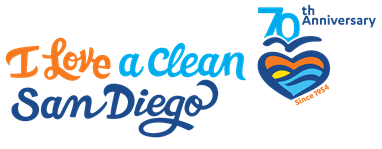
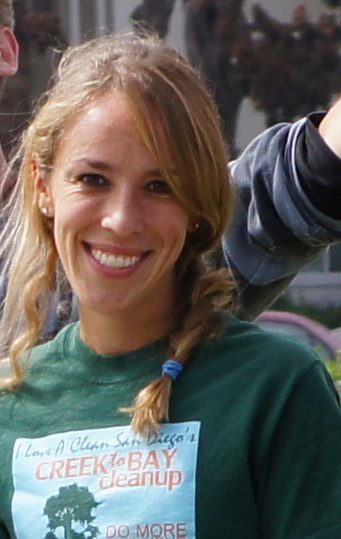

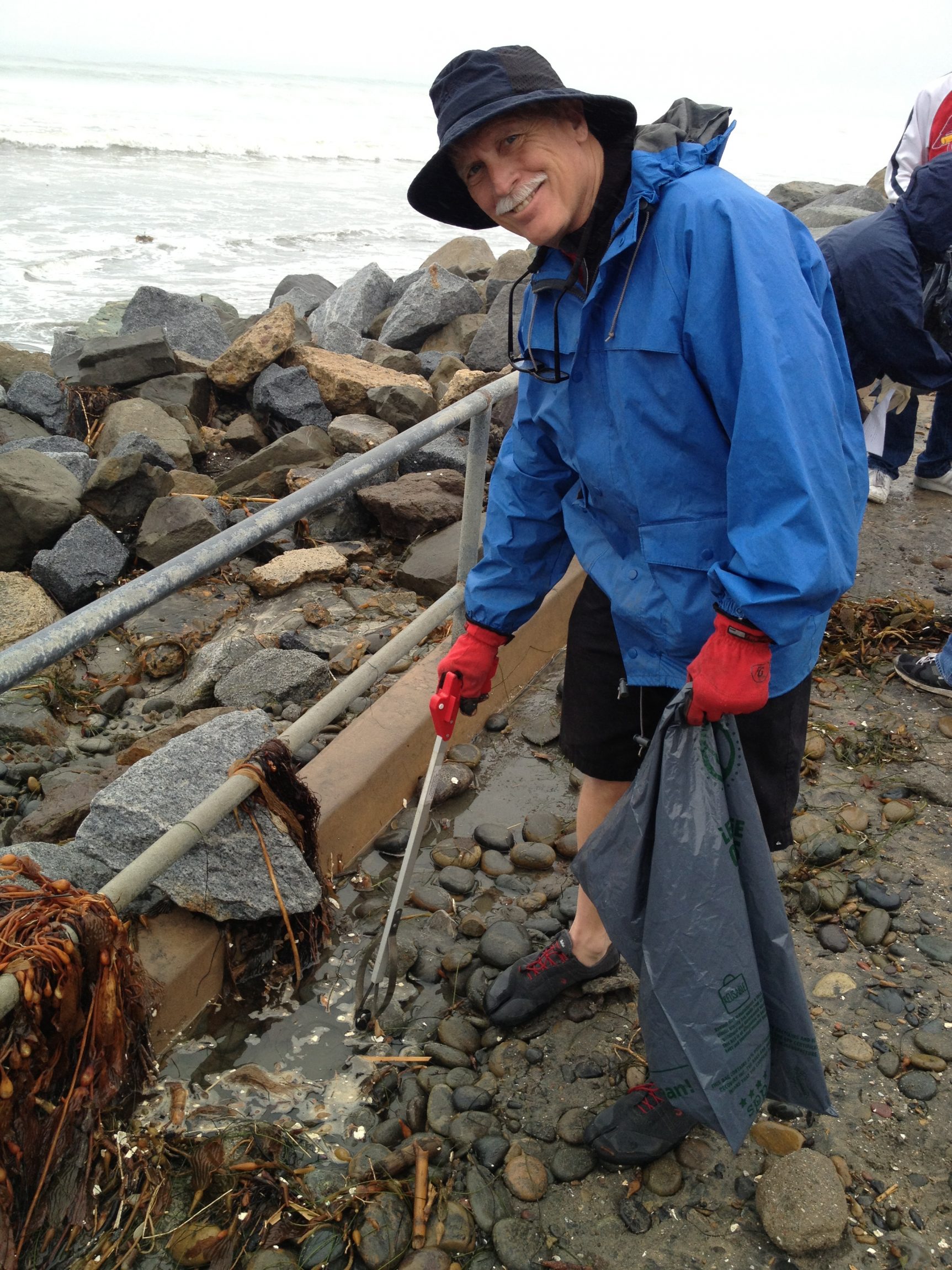 The California Coastal Commission funded a round of these cleanups in 2013, and more than 5,400 volunteers hit beaches up and down the coast to hunt for tsunami debris. While it has been challenging to confirm that any of the items found originated in Japan, many suspicious items have been found, including building materials and lumber with joinery more common to Japan than to US construction.
The California Coastal Commission funded a round of these cleanups in 2013, and more than 5,400 volunteers hit beaches up and down the coast to hunt for tsunami debris. While it has been challenging to confirm that any of the items found originated in Japan, many suspicious items have been found, including building materials and lumber with joinery more common to Japan than to US construction.